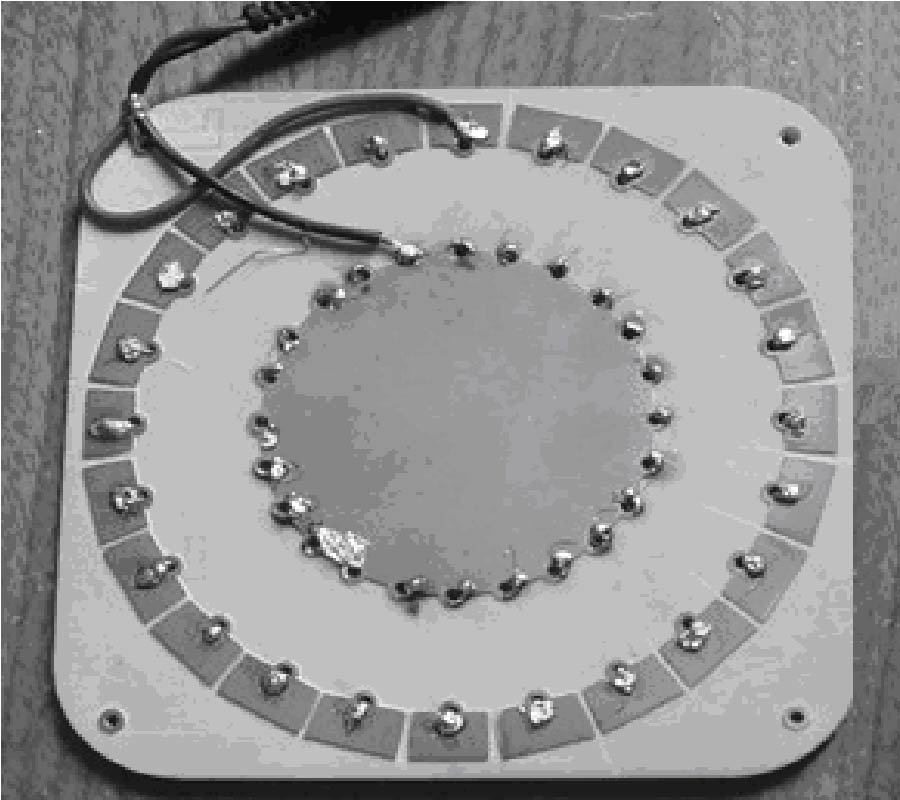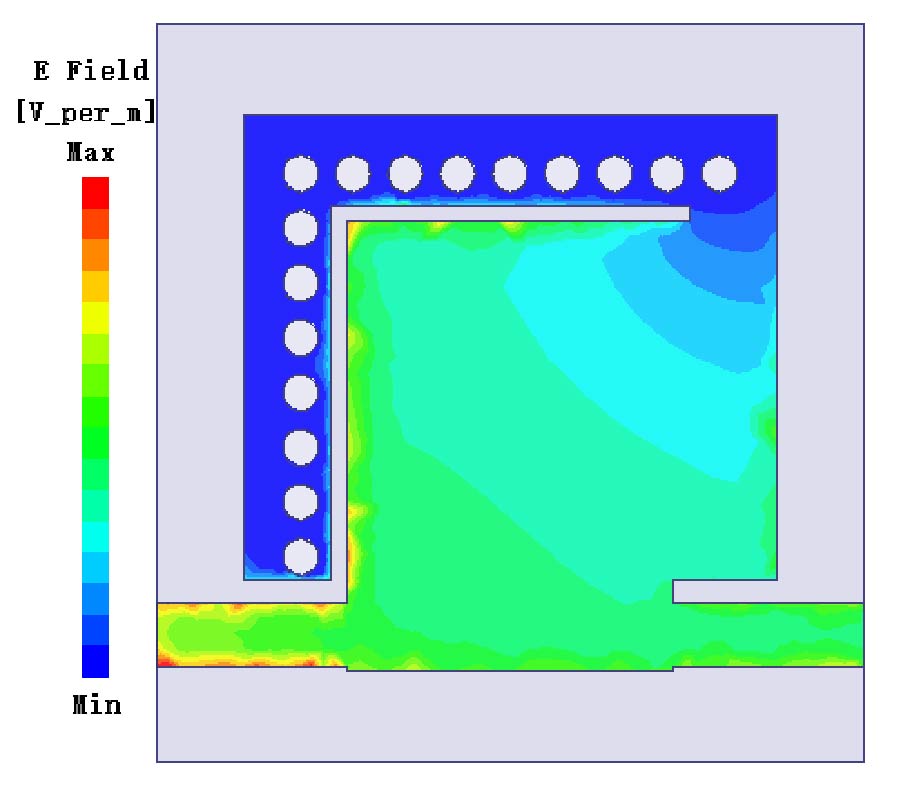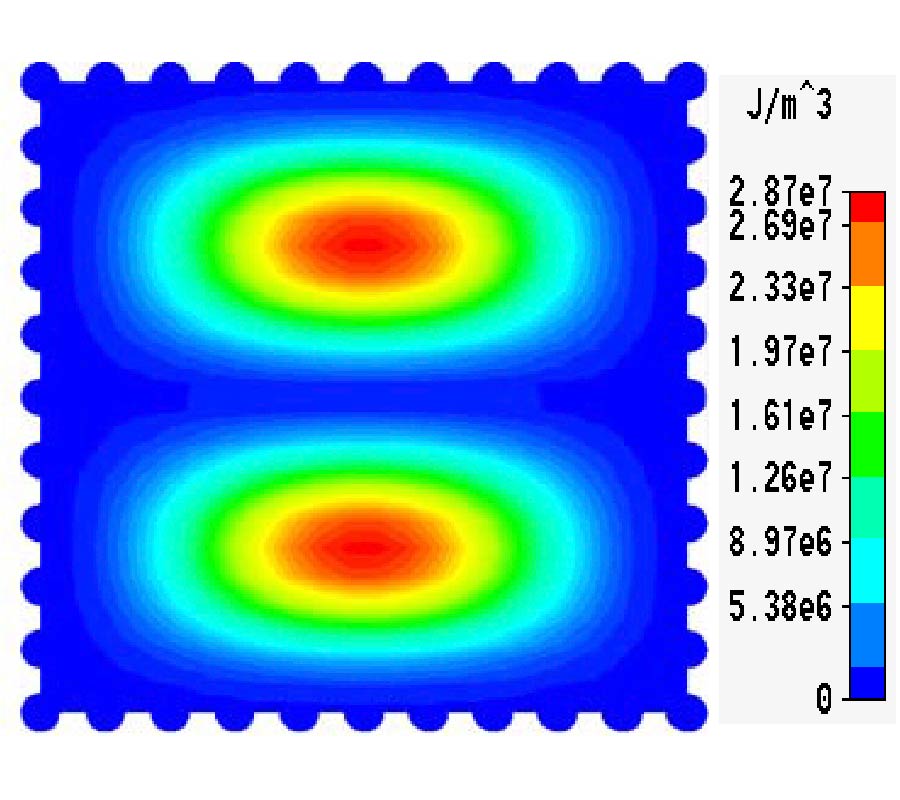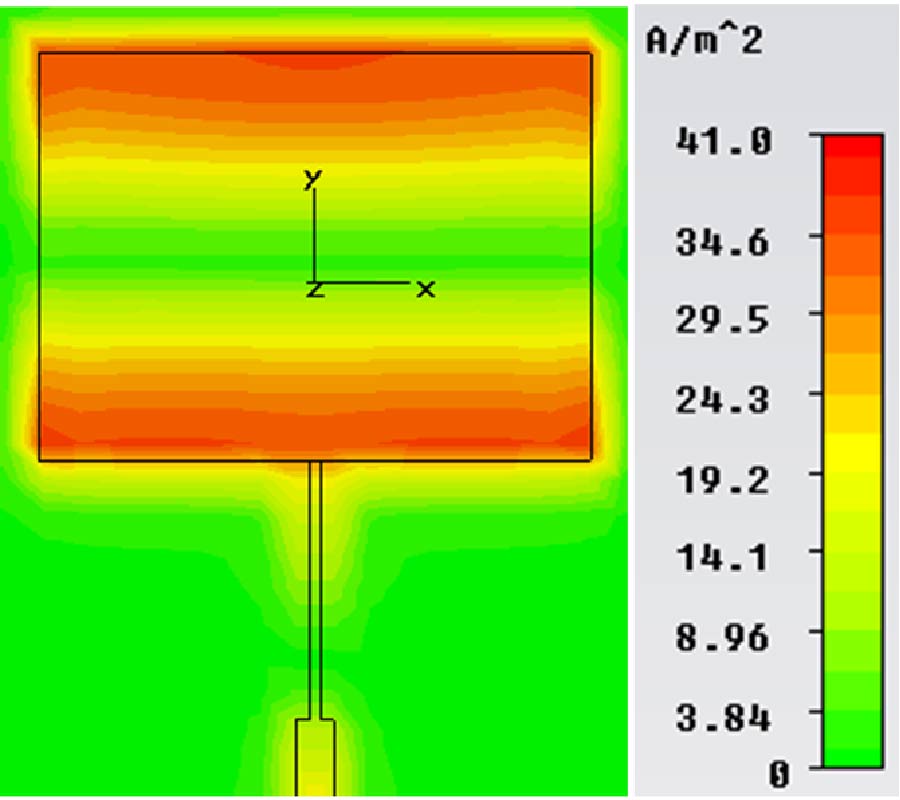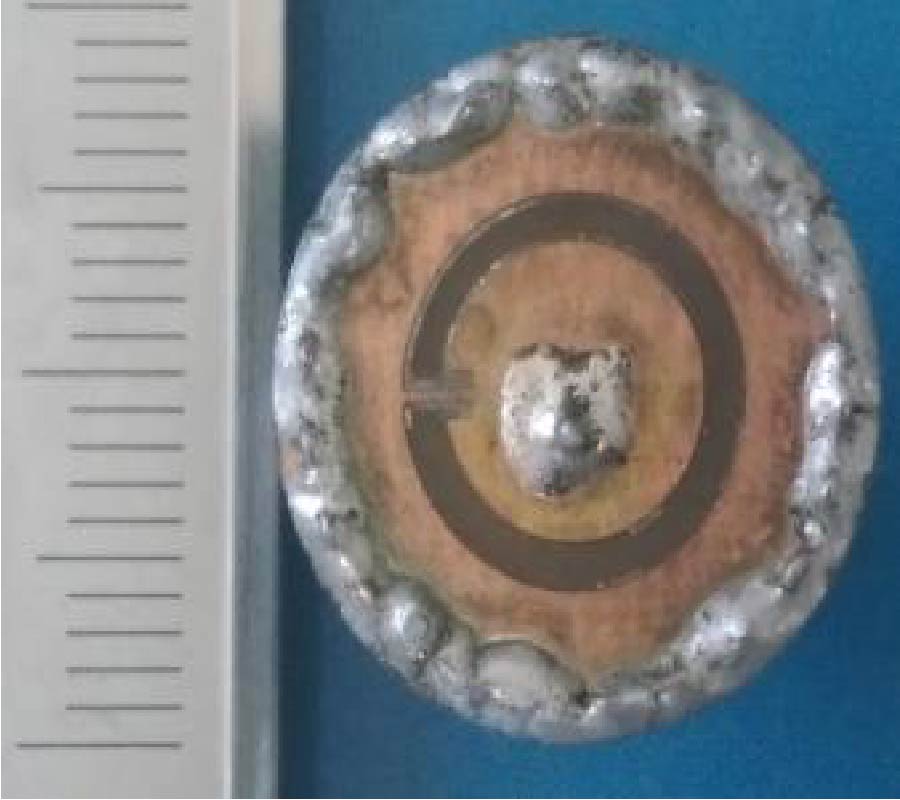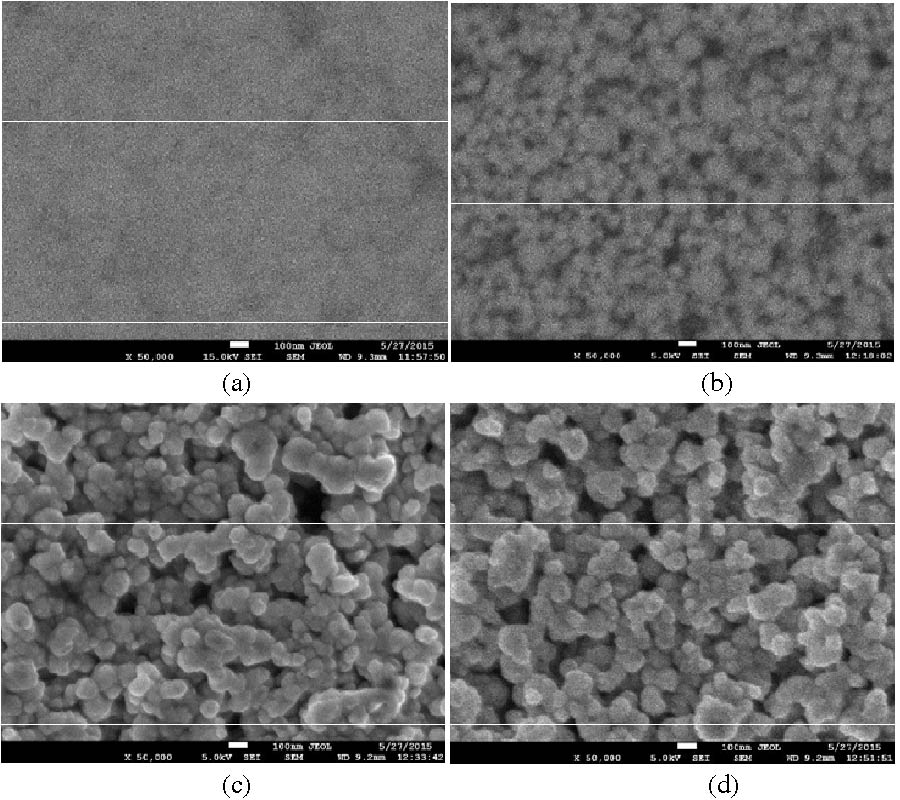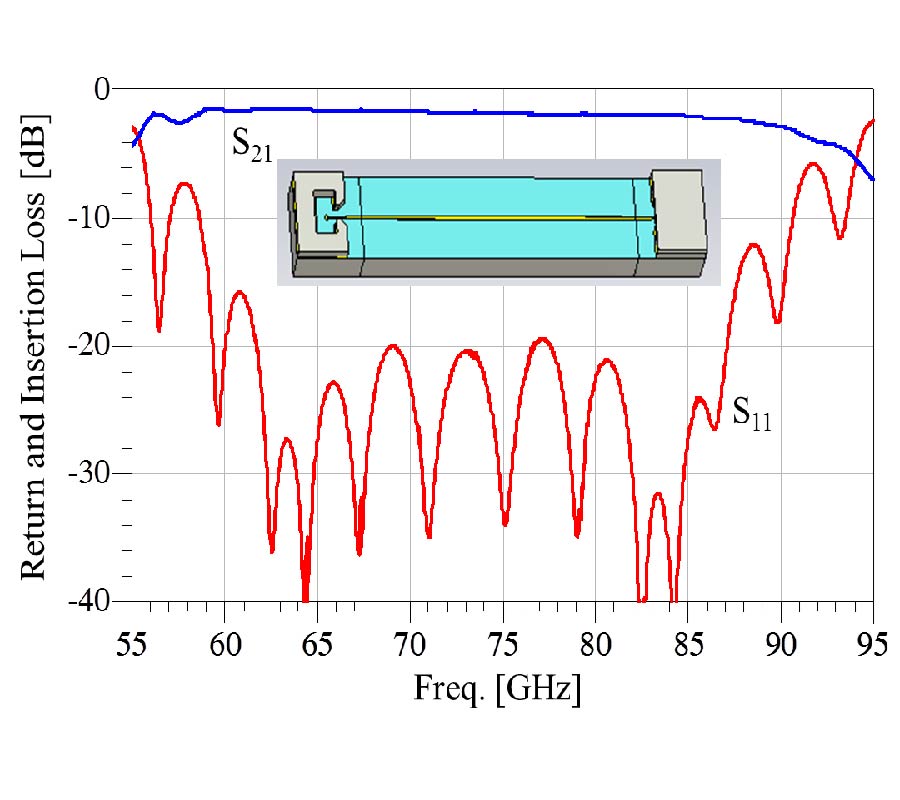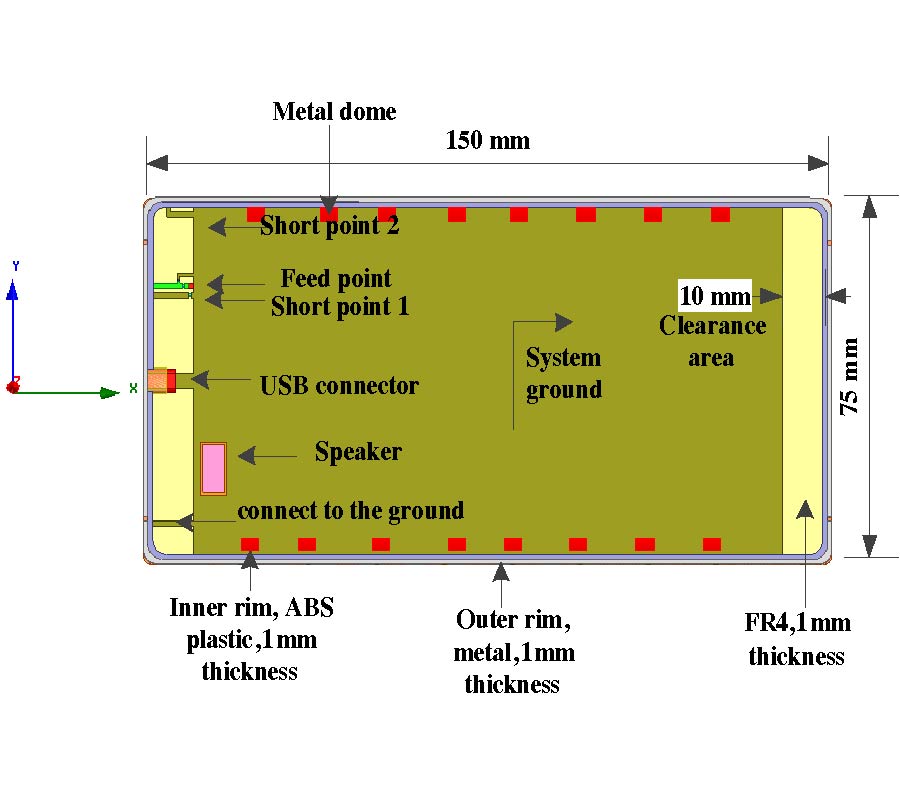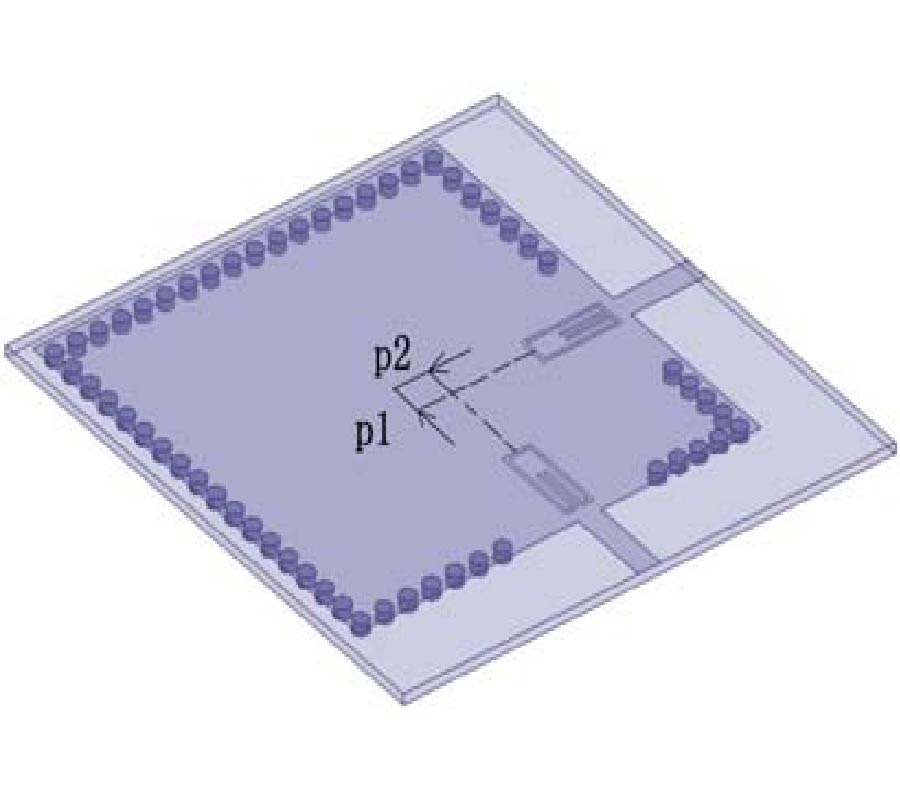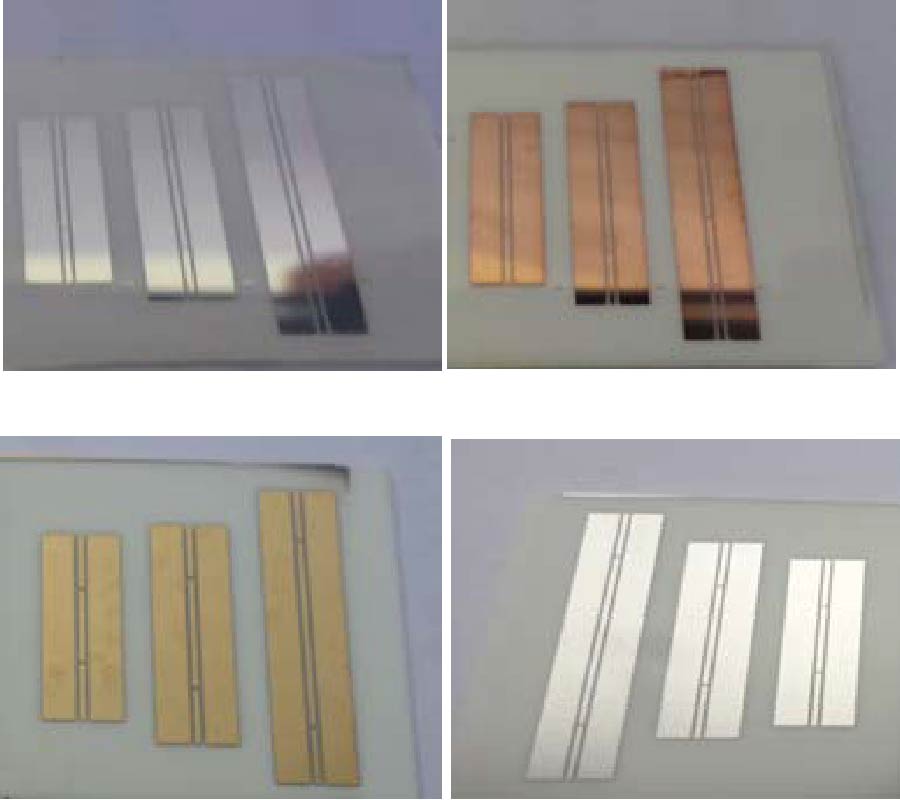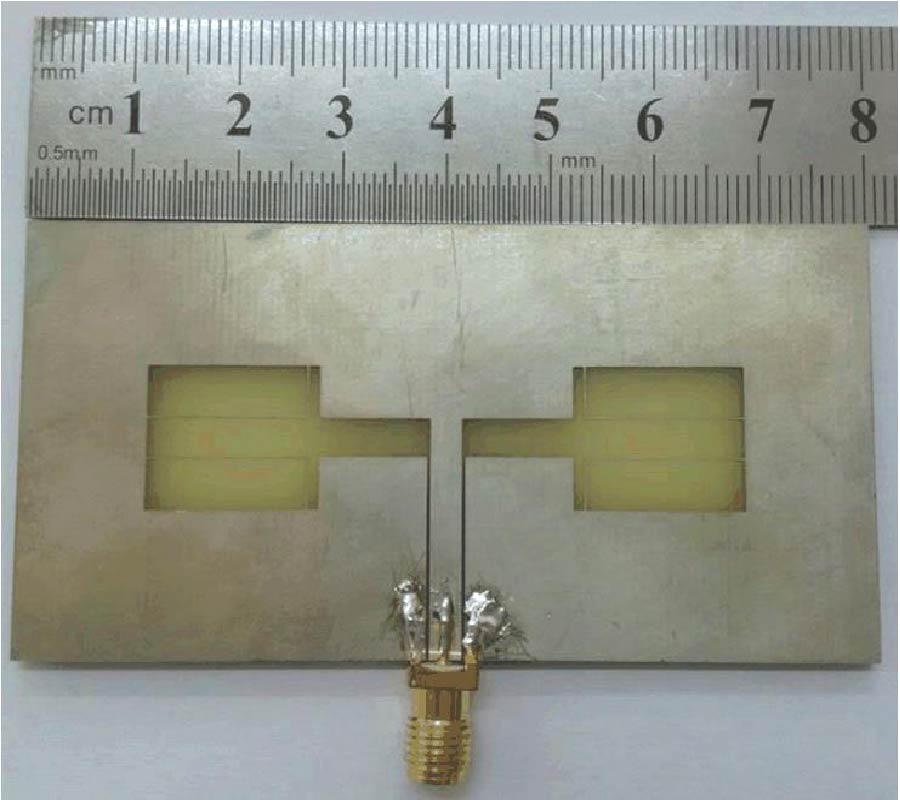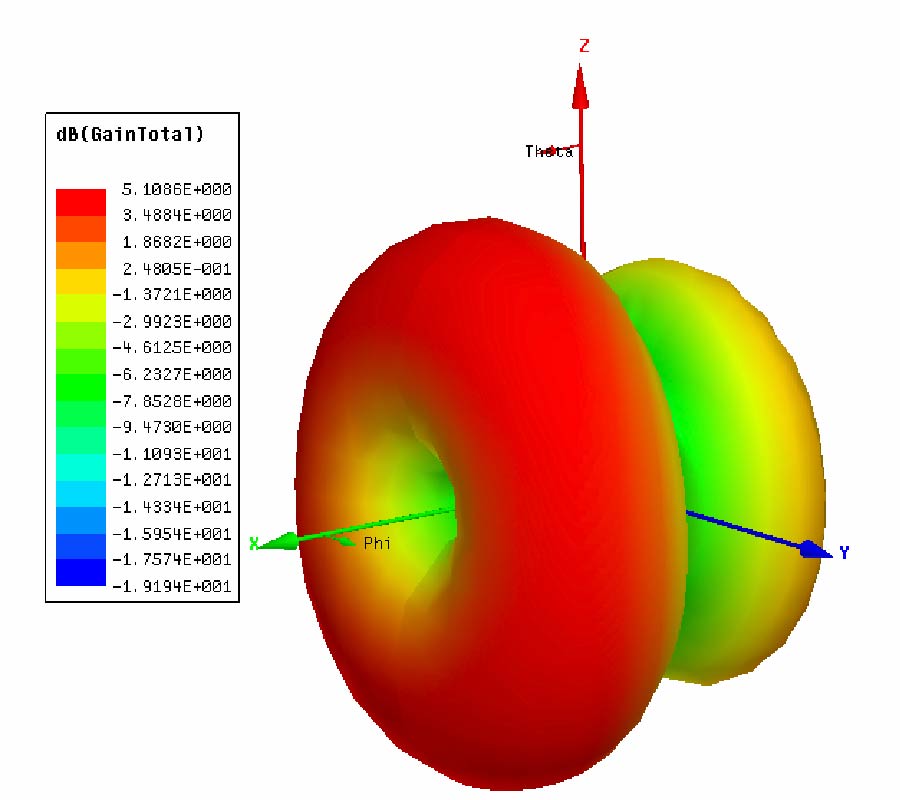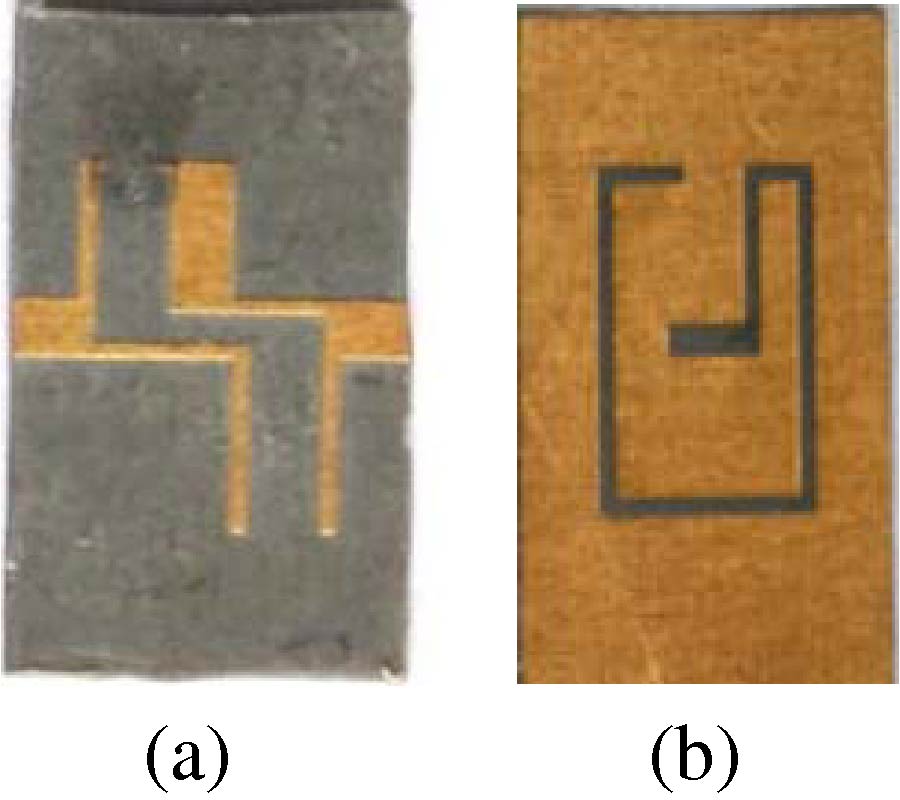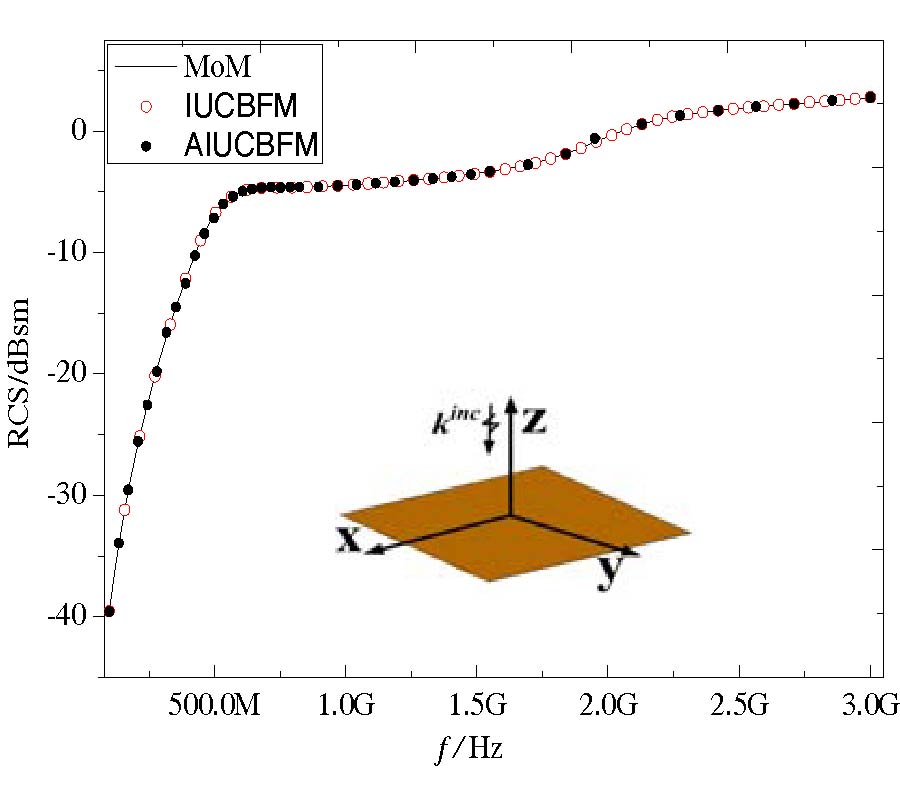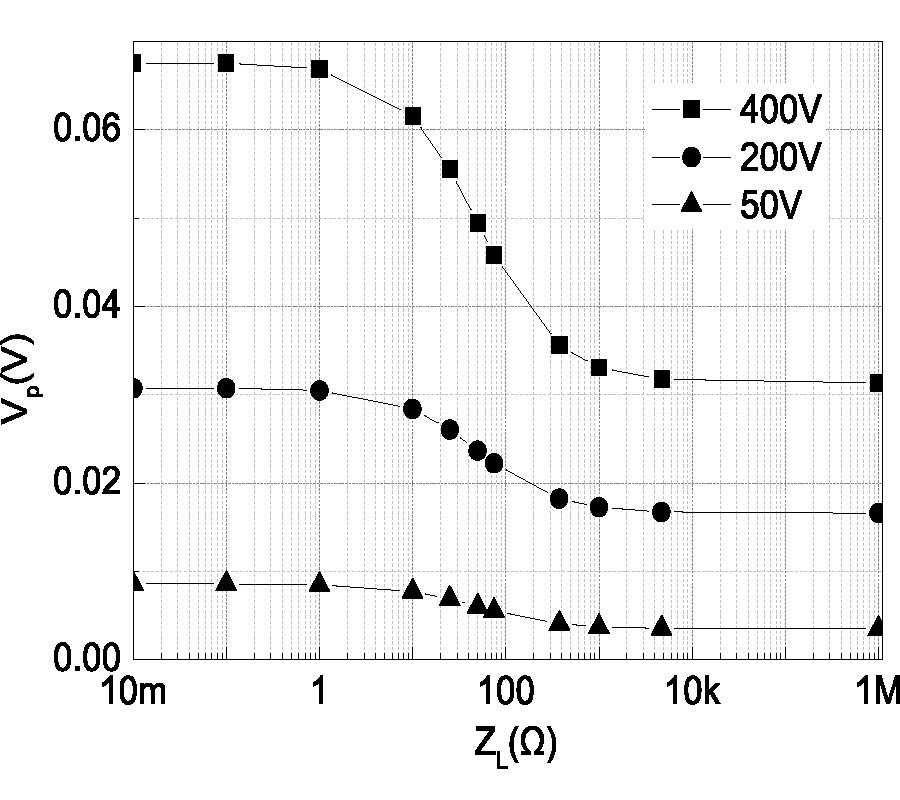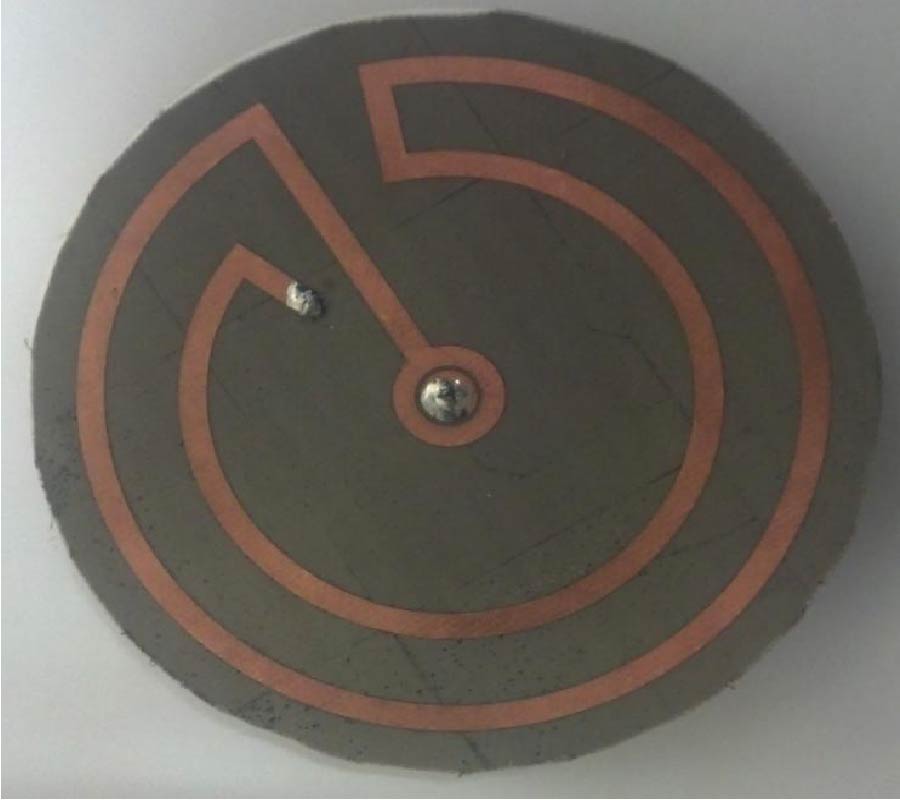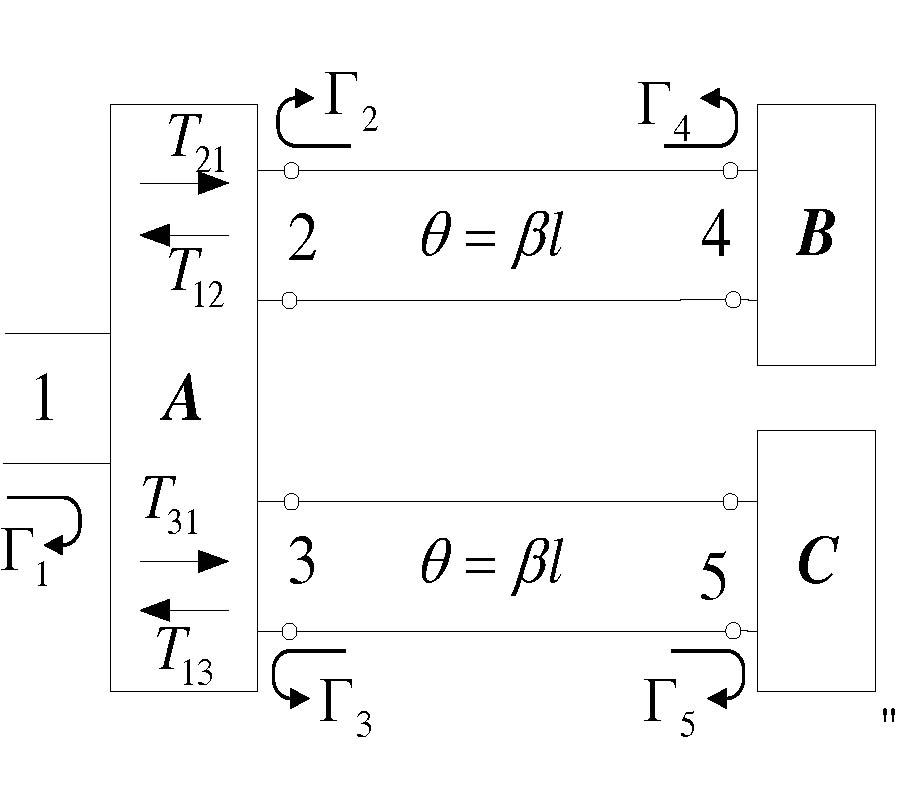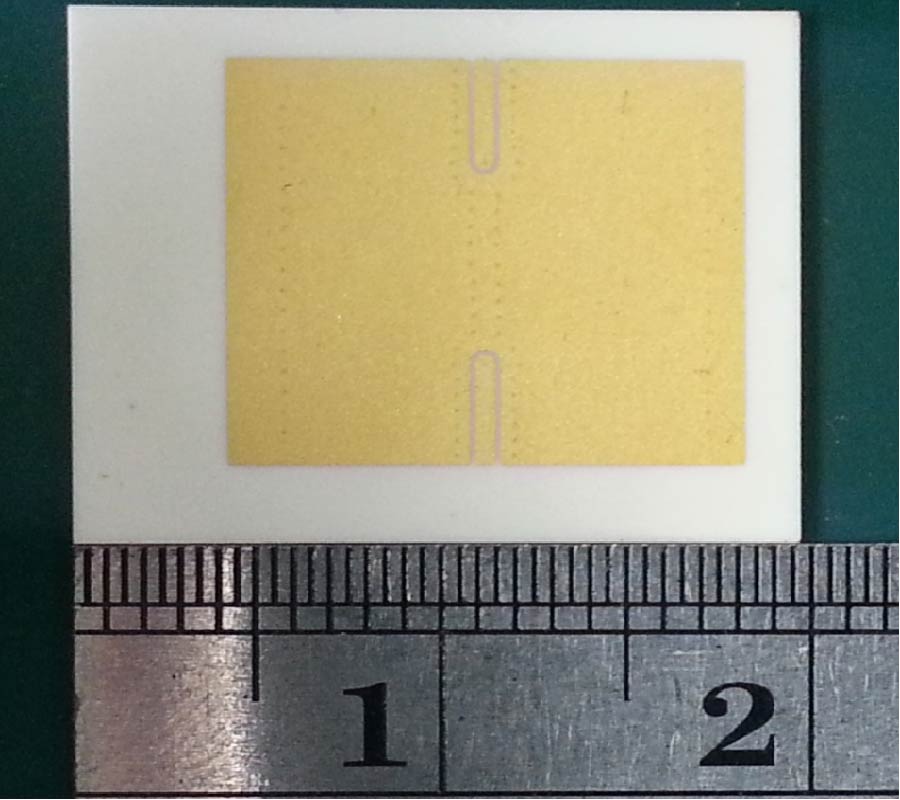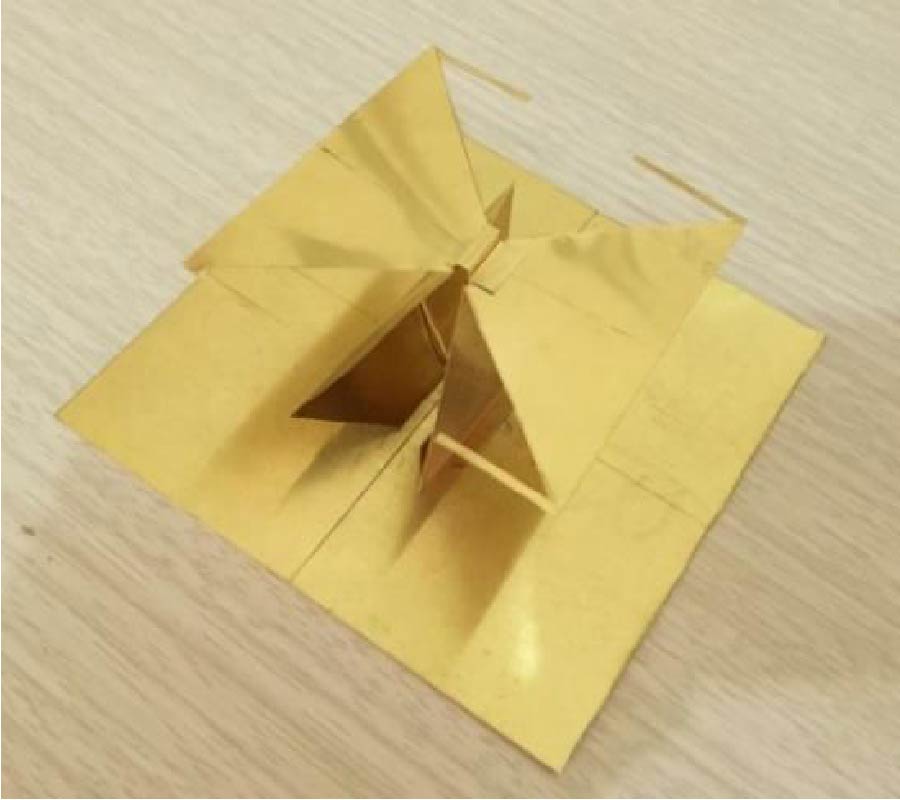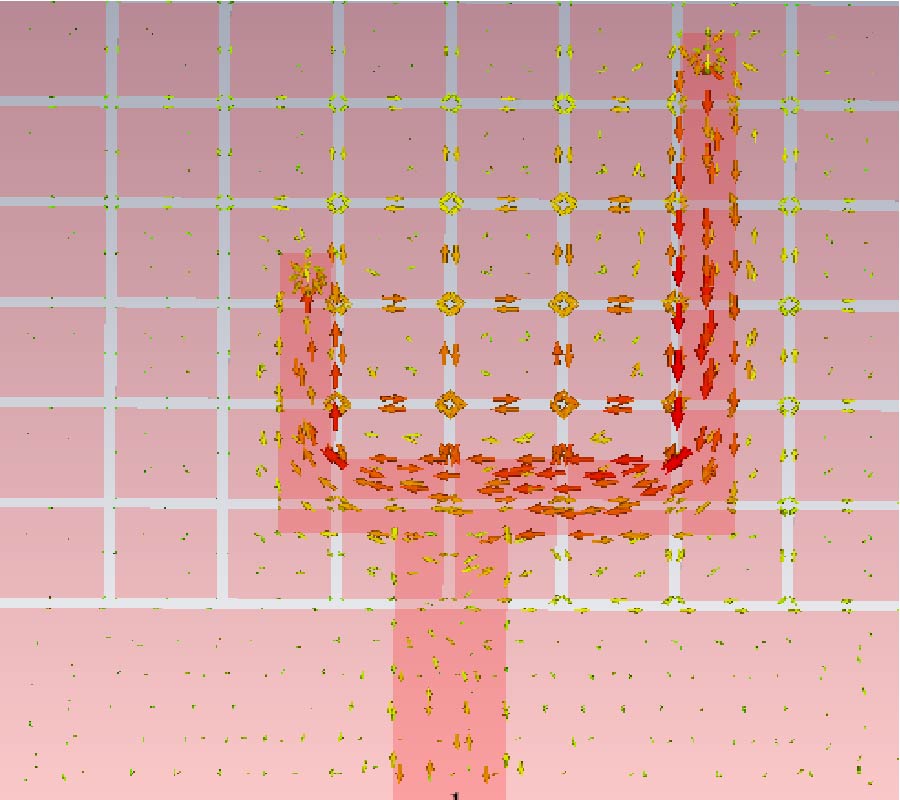A Tunable Multiband LTE Antenna for Metal-Rimmed Smartphone Applications
Xiao-Yan Zhang,
Xinxing Zhong,
Chuanyun Wang and
Zhiwei Liu
In this paper, a tunable multiband LTE antenna is designed for metal-rimmed smartphone applications. The antenna only uses a broken metal ring, which comprises an IFA (Inverted-F antenna) section and a parasitic section, and generates three resonant modes through this layout for the feeding point and shorting point. In addition, loading a matching circuit at the feeding point and a RF switch at shorting point of the IFA is used to switch low frequency to lower frequency. The bandwidth can completely cover 824-960 and 1710-2690 MHz. So the proposed antenna can work at GSM850, 900; DCS1800; PCS1900; WCDMA band 1, 2, 4, 5, 8; TD-SCDMA band 34, 39; CDMA BC0,BC1 and LTE band 1, 3, 7, 38, 39, 40, 41. Also, the total size of the cellphone is 150 mm×75 mm×3.5 mm, which is very suitable for 4G slim smart mobile phone applications.
